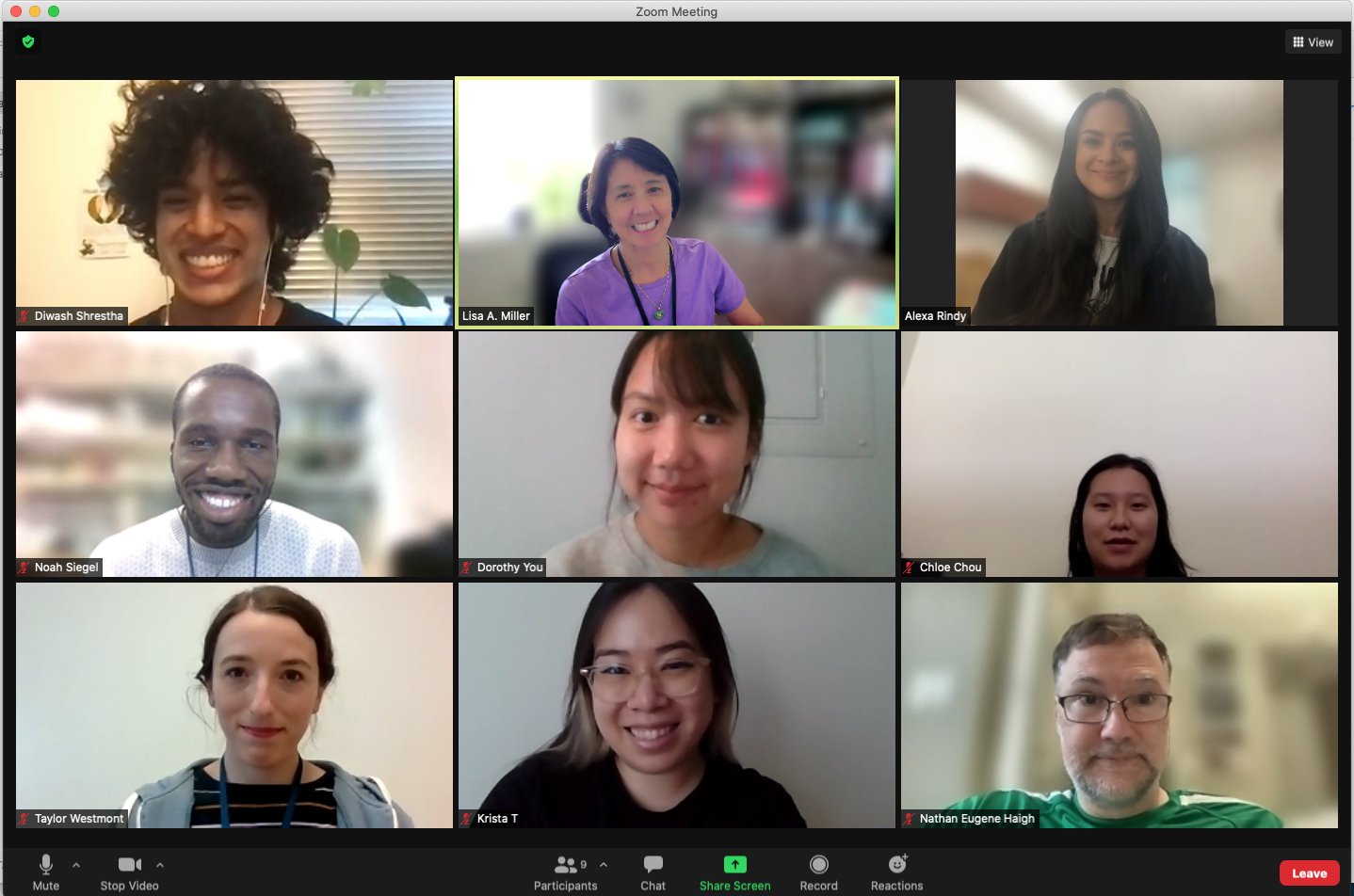School of Veterinary Medicine Winner
Dr. Lisa Miller is a Professor in the Department of Anatomy, Physiology and Cell Biology; based out of the California National Primate Research Center.
The Miller Lab’s focus is the impact of the environment on the respiratory and immune systems in early life. They study the rhesus monkey to understand the life-long effects of environmental toxins, like wildfire and tobacco smoke, on developing lungs and immune response.

“Our lab’s top safety risk is exposure to rhesus monkey biospecimens,” stated Dr. Miller. “The monkeys are a natural host of B virus, which can infect humans and cause severe disease.”

However, safety protections are in place for both the lab members and to safeguard the animals - because lab members could infect them with diseases like COVID-19.
Miller Lab members receive extensive, documented training to work in a BSL-2 environment, followed by a prolonged period of oversight that helps reinforce safety protocols.
“Working with primate samples requires additional PPE, and disinfection procedures, which we carefully document in standard operating procedures,” affirmed Alexa Rindy, Lab Manager. “We train everyone annually on what to do if exposed to primate samples, and have posted this critical safety information throughout the lab to reinforce the message.”
Given the complexity of the biological and chemical systems the Miller Lab uses, they work to enhance their safety culture using a 3Cs Model for lab safety culture: Communication, Collaboration, and Checklists.
- Communication:
- Slack is the lab’s primary mode of daily communication. Slack allows everyone to rapidly communicate safety issues, wherever they are. Everyone knows Slack notifications are something important.
- Collaboration:
- Although students and postdocs lead independent projects, the Miller Lab is a team that helps each other make progress. The lab develops new procedures as a team to ensure a more thorough review for potential safety concerns. The lab is a community and everyone has responsibility for the health and welfare of others in the group.
- Checklists:
- Conducting research in a safe manner requires extensive protocol development and a mechanism to ensure that all steps are completed in order. Checklists prevent errors and potentially unsafe situations.